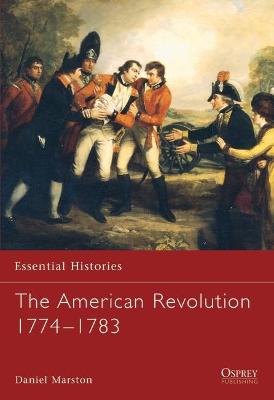Essential Histories
3 total works
The American War of Independence has been characterized as a revolution, both politically and in terms of the fighting methods employed by the insurgent colonist - the freewheeling colonial upstarts against the rigid British military establishment. Daniel Marston argues that this belief, though widespread, is a misconception and that the American War of Independence was, in reality, a war between two groups of British veterans of the Seven Years' War who had previously fought as allies. The subsequent peace treaty in 1783 marked the formal beginning of the United States of America as an independent political entity.
The closest thing to total war before the First World War, the Seven Years' War was fought in North America, Europe, the Caribbean and India with major consequences for all parties involved. This fascinating book is the first to truly review the grand strategies of the combatants and examine the differing styles of warfare used in the many campaigns. These methods ranged from the large-scale battles and sieges of the European front to the ambush and skirmish tactics used in the forests of North America. Daniel Marston's engaging narrative is supported by personal diaries, memoirs, and official reports.
The French-Indian War was fought in the forests, open plains and forts of the North American frontier. The French Army, supported by North American tribes, was initially more successful than the British Army, who suffered from lack of experience at woodland fighting. This title explains the background to the wars and charts the military development of the British Army and the reforms that led to its eventual superiority. In both skirmishes in the forests of the frontier and great battles such as Louisbourg and Quebec, the British proved they had learnt well from their Native American allies.

